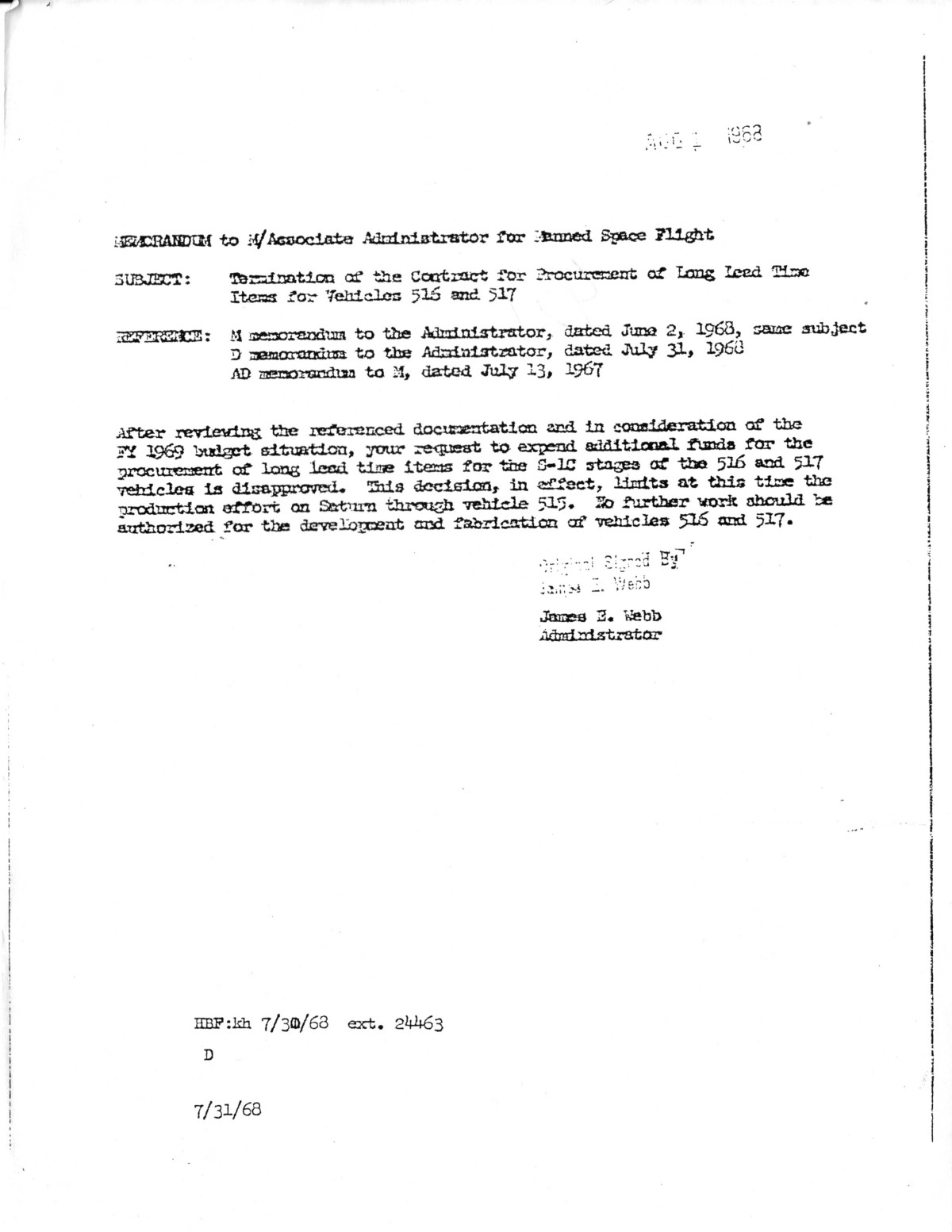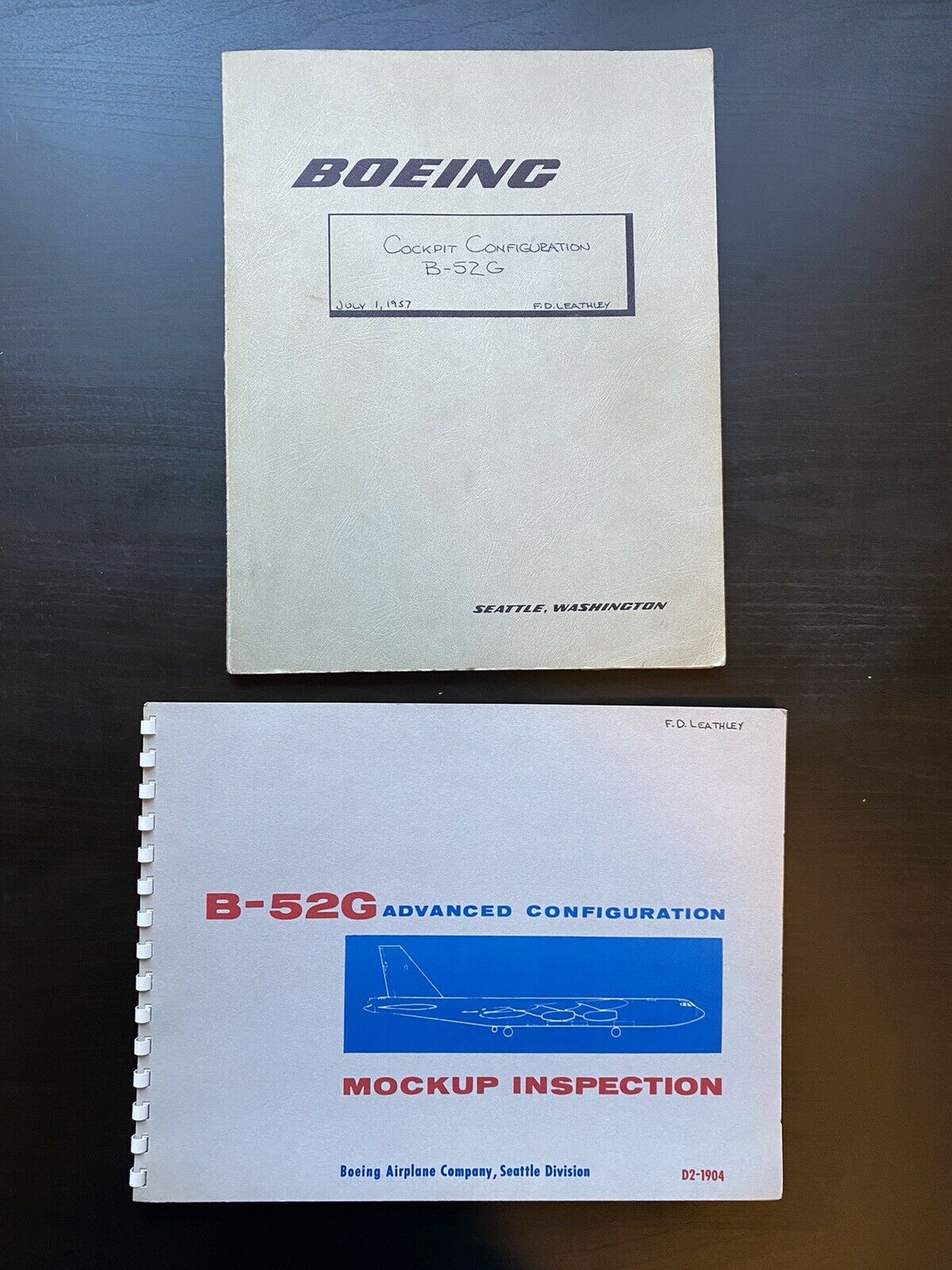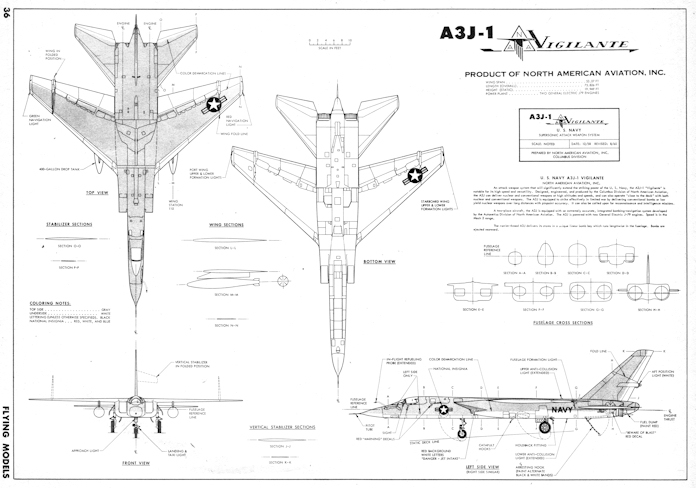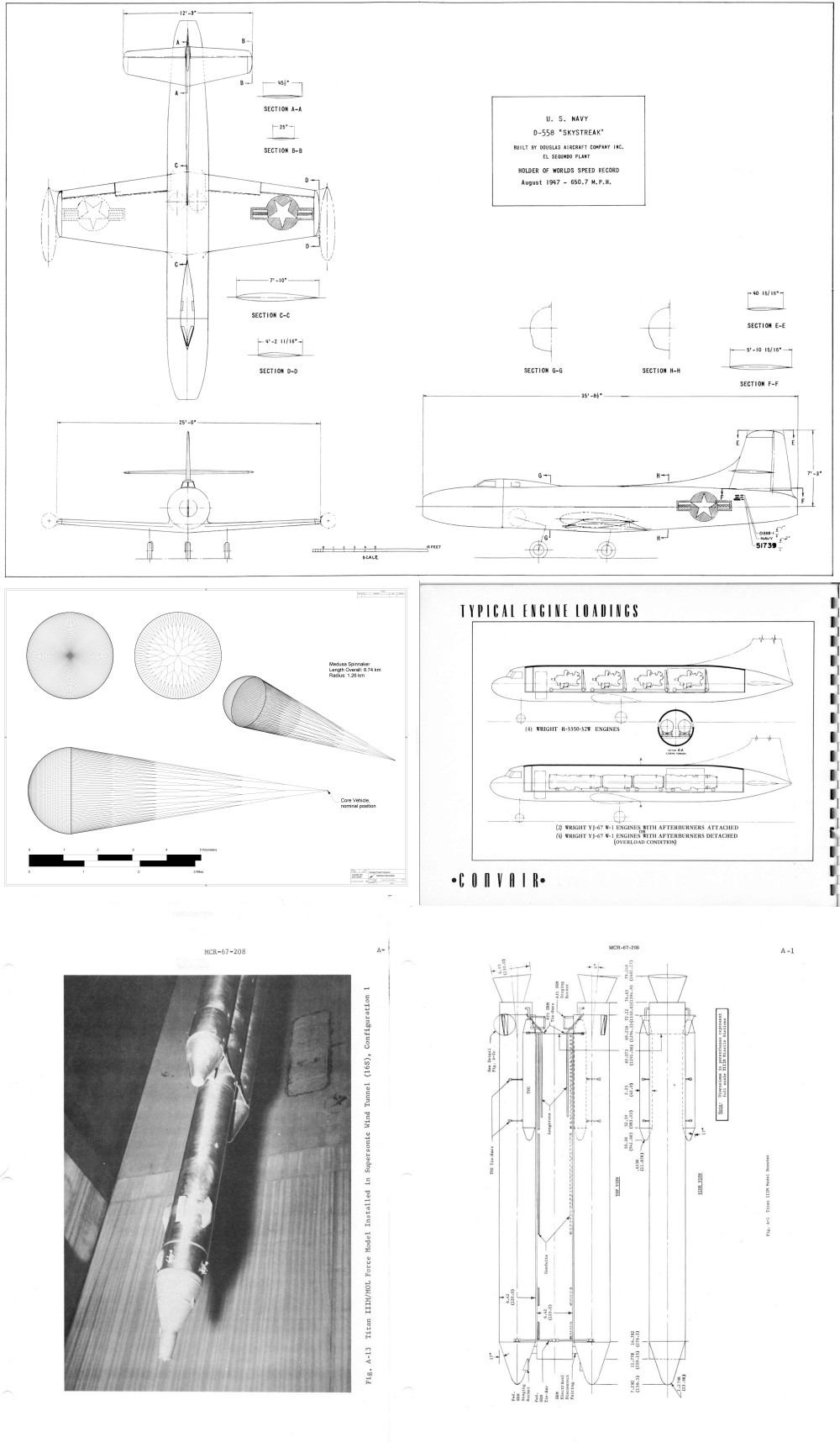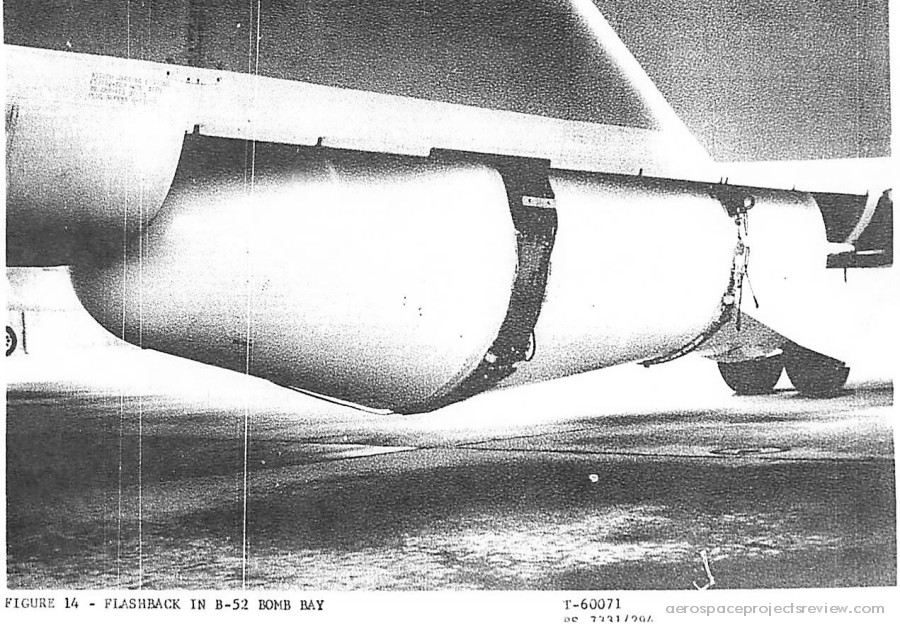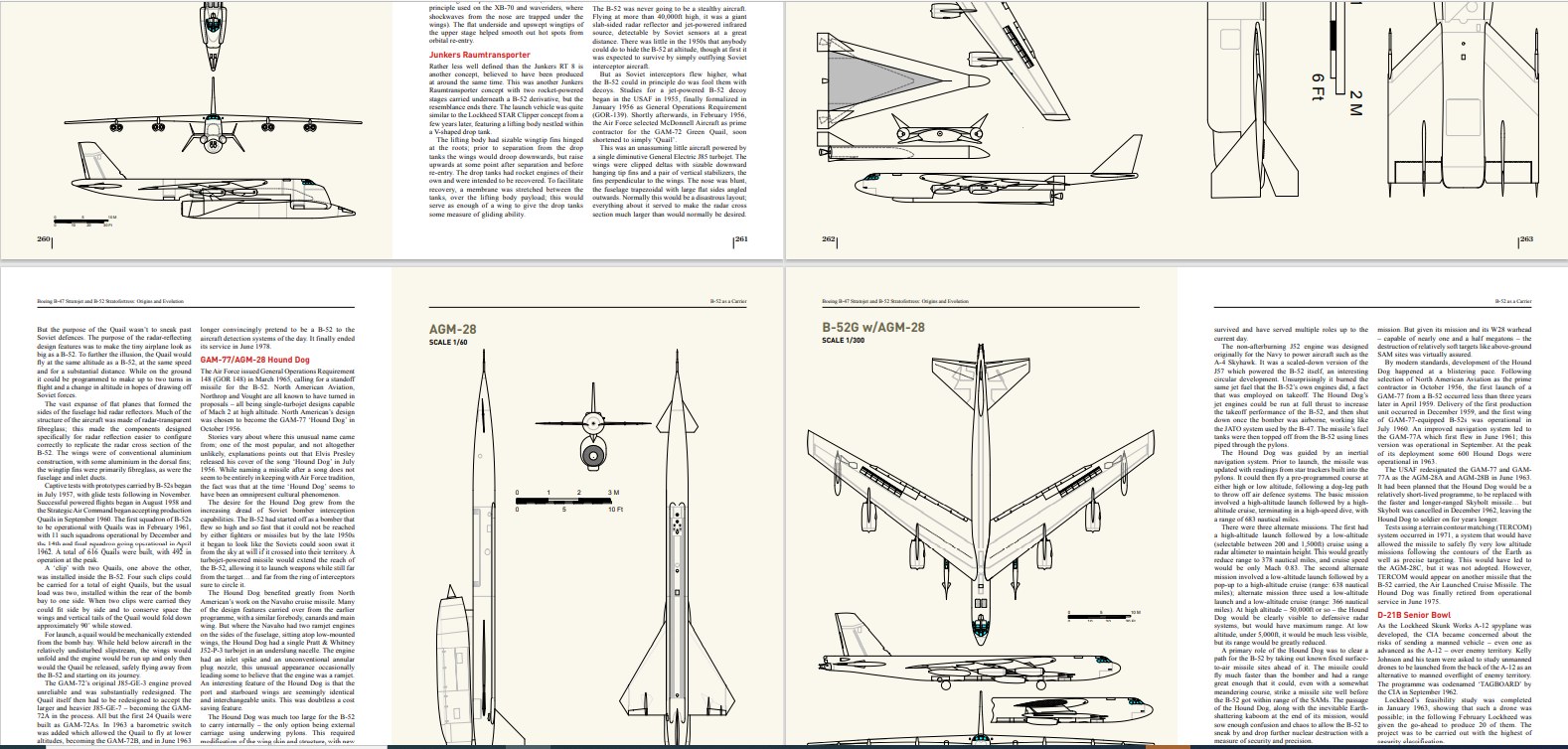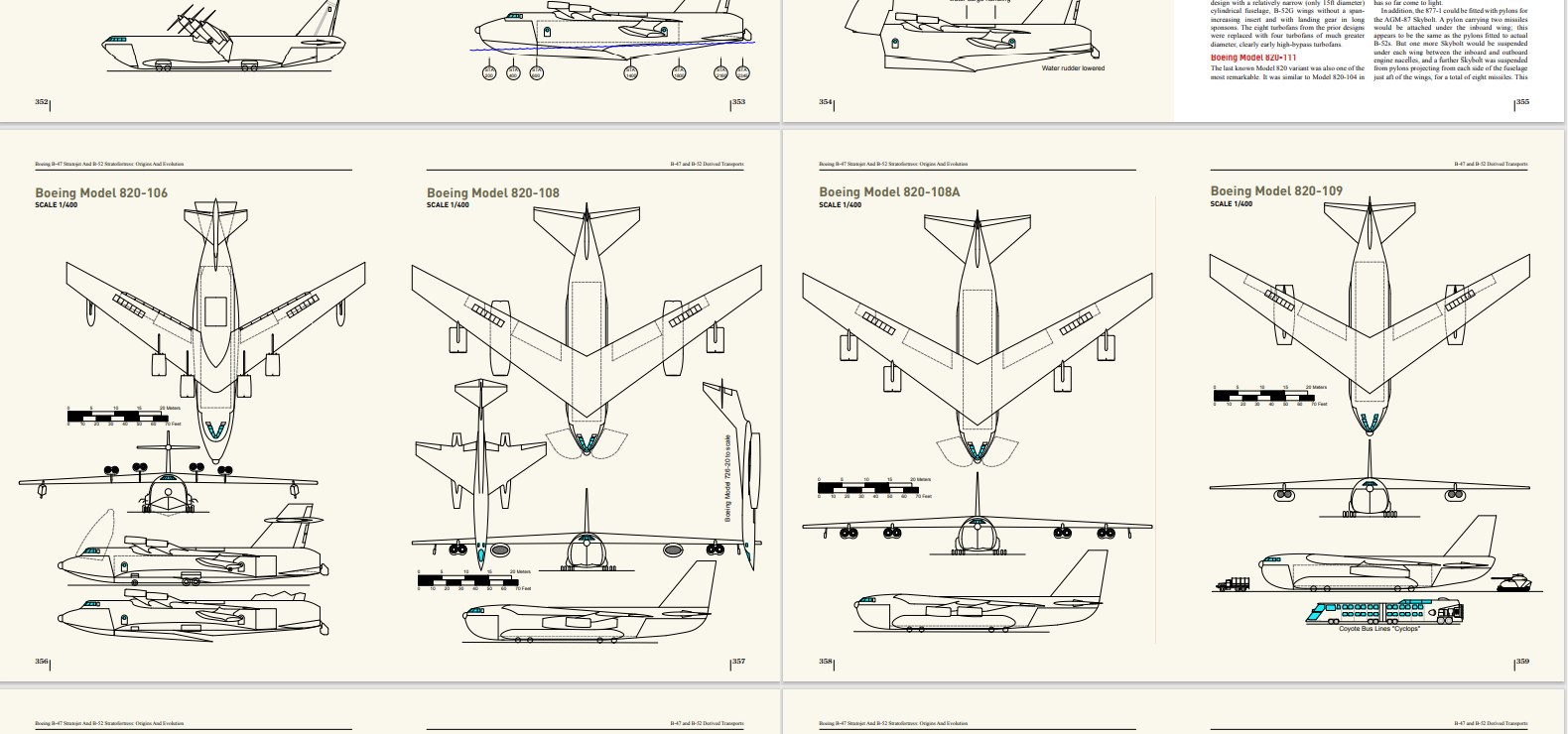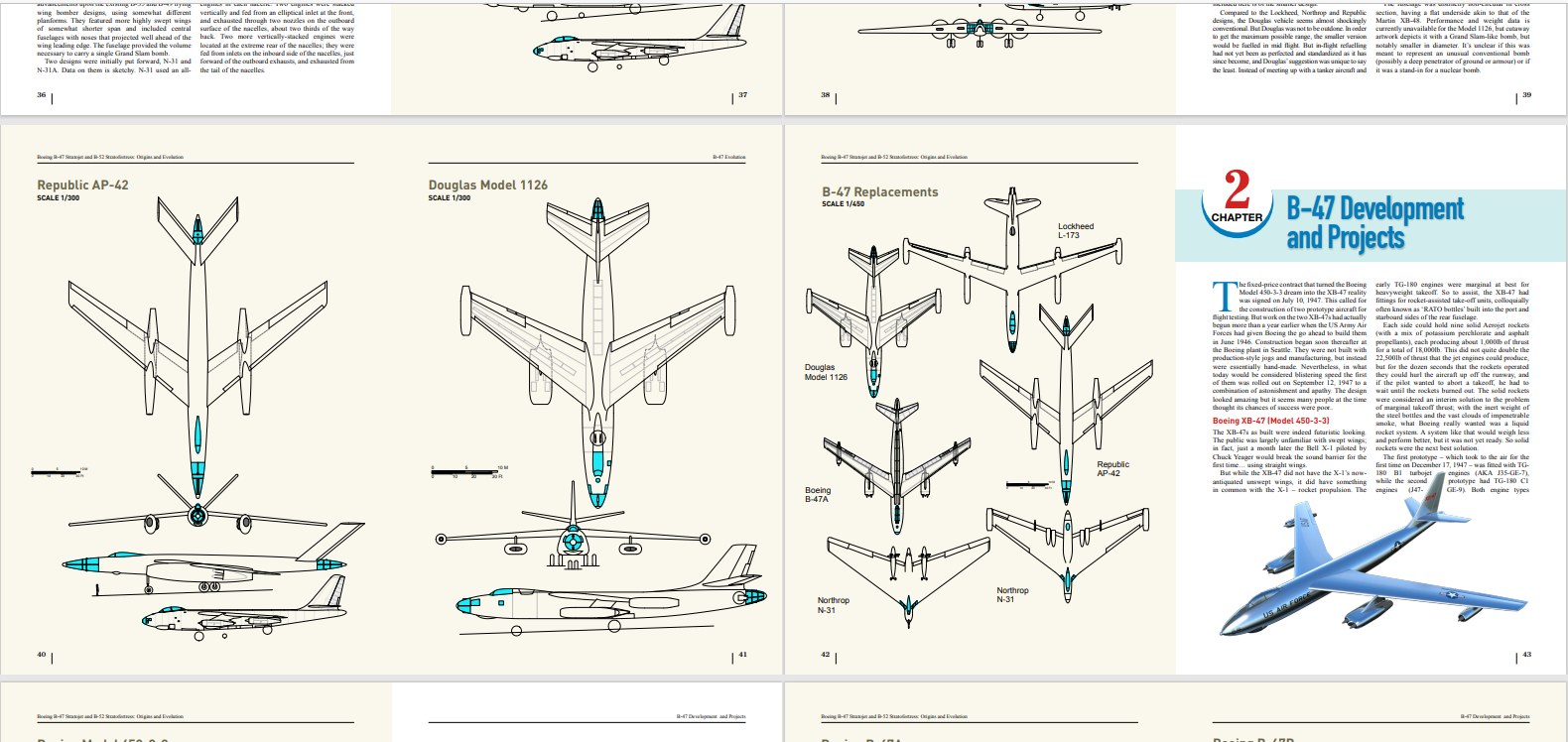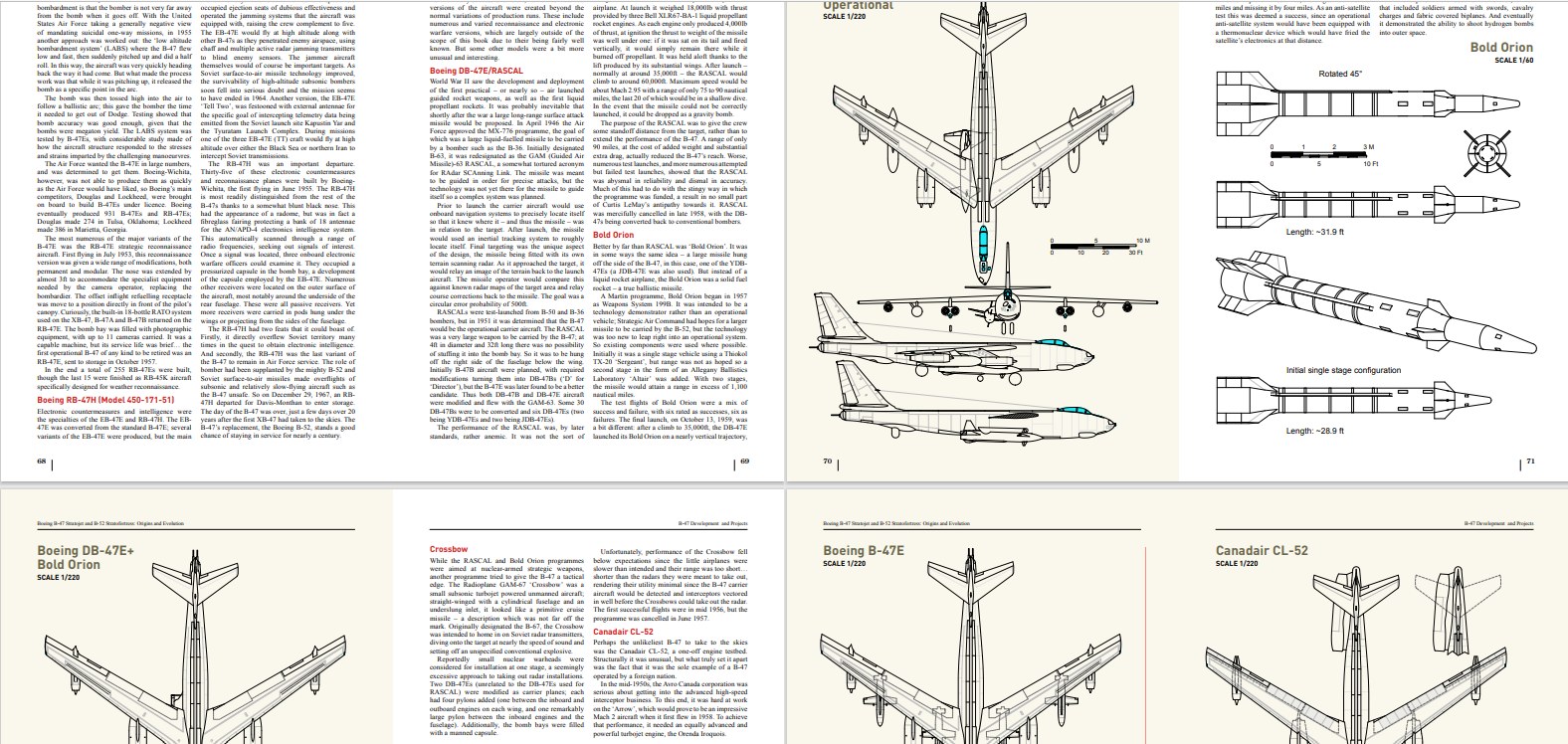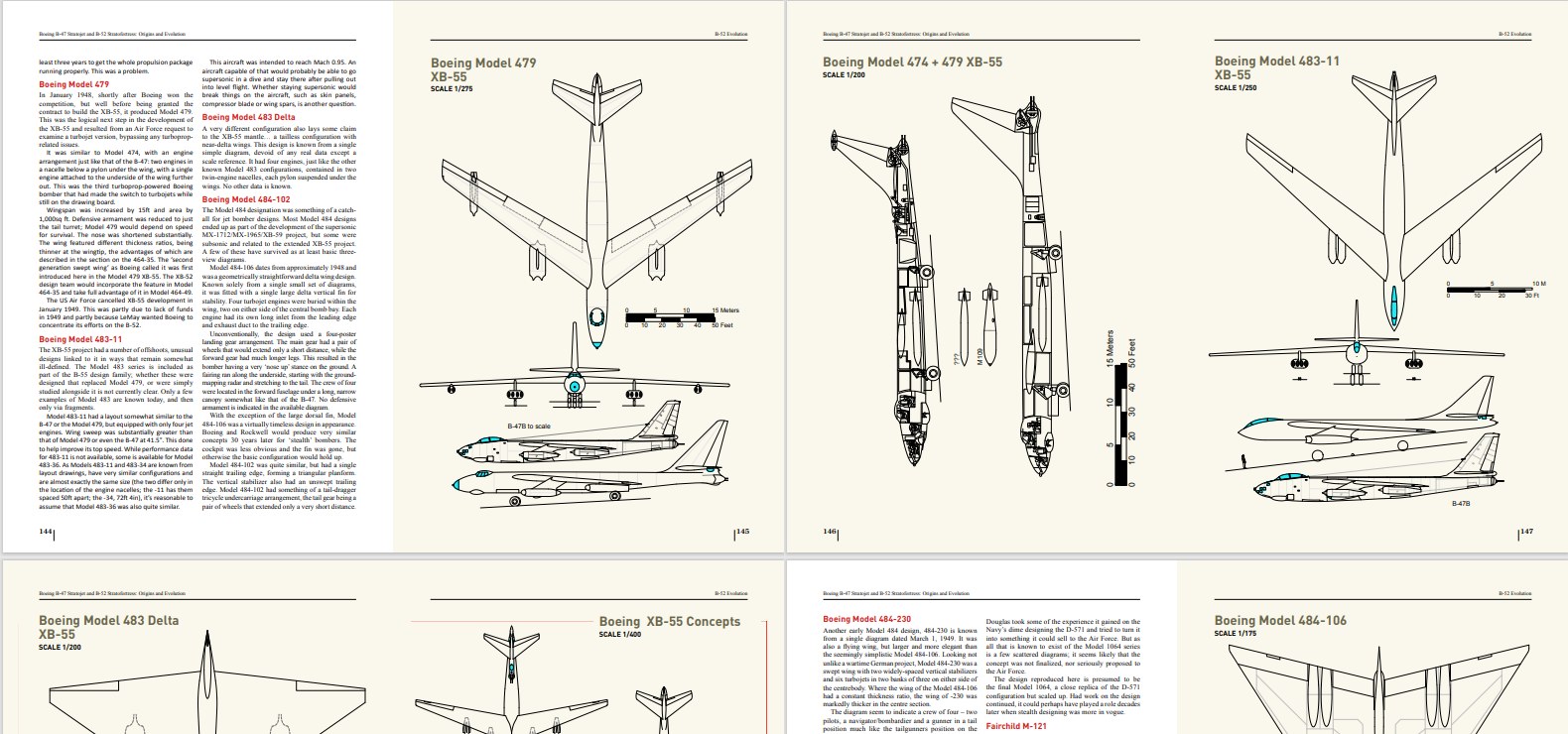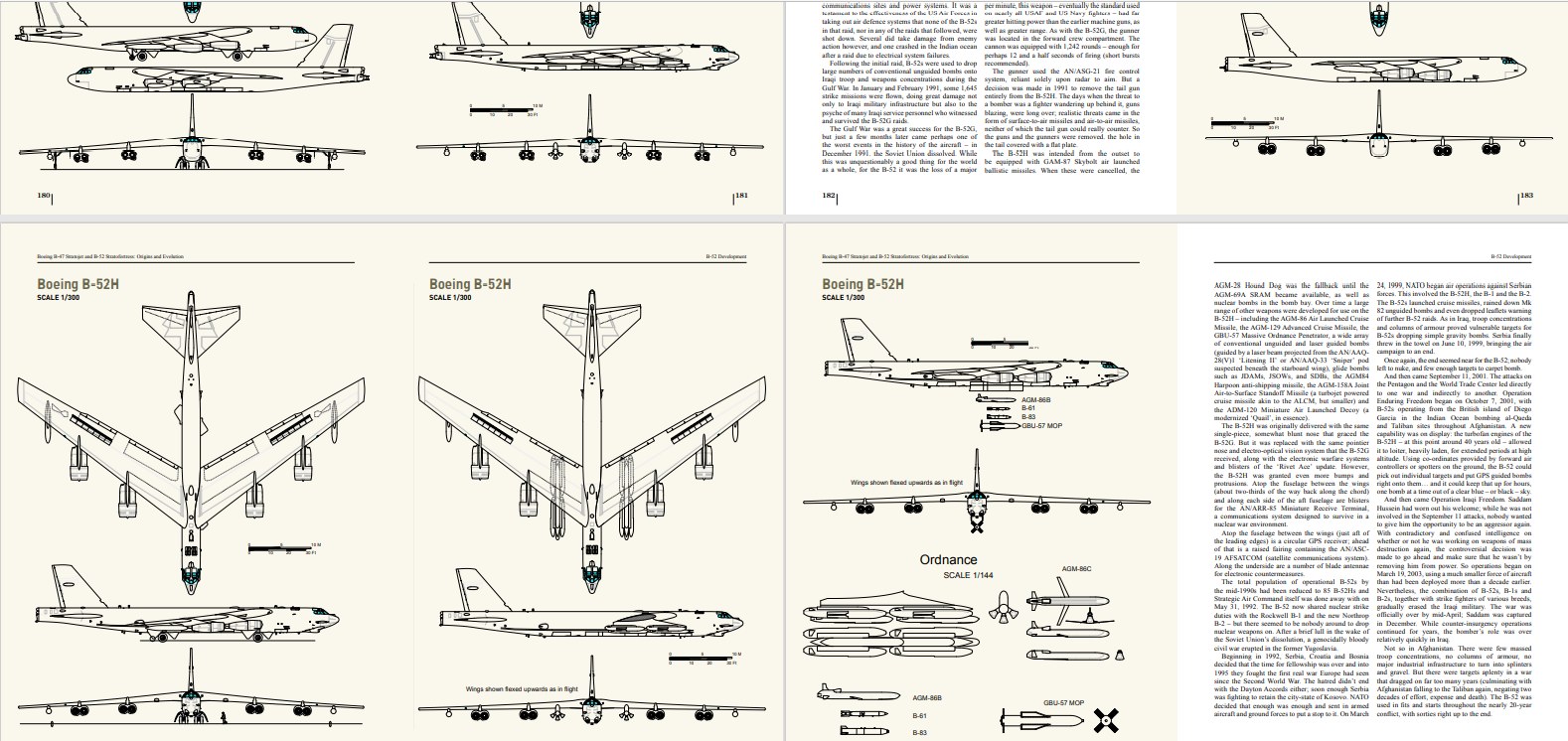Some programs fade away; some die sudden deaths. The Saturn V, and the Apollo program in general, seemed to just sort of fade away; the public perception *seems* to be that as public interest in Apollo post Apollo 12 or so rapidly faded, interest in continuing Apollo faded, and thus the program was just allowed to die, finally killed off by Nixon.
Small problem with that narrative: the actual date of the death of the Saturn v can be precisely determined. in the NASA History office archive some years ago I found a memo by NASA Administrator James Webb, dated July 31, 1968, where the production of new Saturn V vehicles was cancelled. This limited the future of Apollo moon missions to only those Saturns already then under construction. Note that this is almost a *year* prior to Apollo 11 landing on the moon, and about four months prior to the election of Richard Nixon. Nixon could, perhaps, maybe, have restarted Saturn v production, but that’s not clear: when programs like this are cancelled, the staff vital for them *scatter.* Tribal knowledge evaporates. Equipment is sold for scrap, left to rust. Restarting production likely would have been fabulously expensive.
In mid 1968, the Apollo/Saturn program was obviously not facing post-success disappearing interest. The public was still thrilled. What NASA was facing was a slashed budget, with funds needed to further the progress of mankind being diverted to “Great Society” social programs. So instead of missions to the Moon and beyond, we got another fifty years of malaise, burdensome taxes and families being actively discouraged and dissolved. Thanks, LBJ. Thanks a lot.
